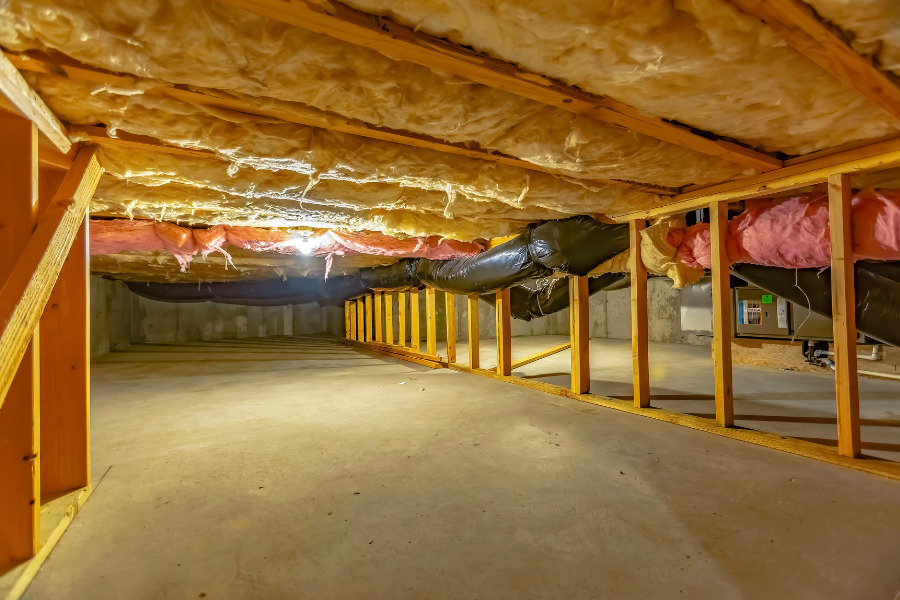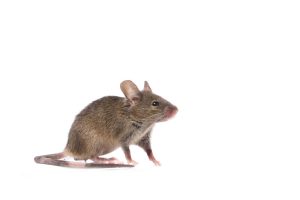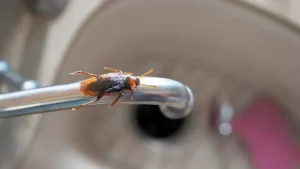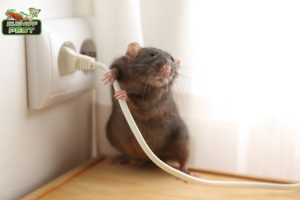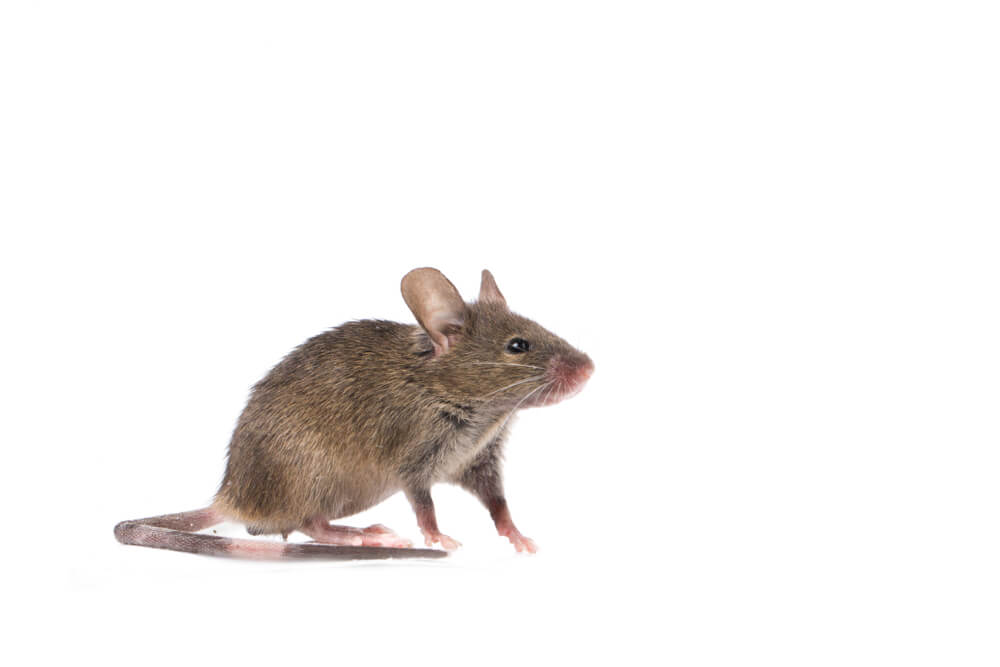In Florida, many homes are built with crawl spaces, which are shallow, unfinished areas between the ground and the first floor. Although they often go unnoticed, crawl spaces play an essential role in a home’s overall structural health, air quality, and energy efficiency. Two popular methods for maintaining crawl spaces are encapsulation and insulation, each serving a distinct purpose. Understanding these options is vital to making the best choice for your home.
This blog explains the differences between crawl space encapsulation and insulation, the benefits of each, and why encapsulation, in particular, may be ideal for Florida’s unique climate.
What is a Crawl Space?
A crawl space is a shallow area beneath the ground floor of a home, typically around 18 to 24 inches in height. This space provides easy access to plumbing, electrical wiring, and HVAC systems without needing a basement or slab foundation. However, due to its proximity to the ground, it is susceptible to moisture, mold, and pest issues. Crawl spaces that lack proper maintenance can impact your home’s energy efficiency, indoor air quality, and even structural stability.
Crawl Space Encapsulation vs. Crawl Space Insulation
Though crawl space encapsulation and crawl space insulation sound similar, they serve very different purposes.
- Crawl Space Encapsulation: This process involves completely sealing the crawl space with a thick, durable vapor barrier that covers the ground, foundation walls, and possibly even the ceiling. The encapsulation system is often paired with a crawl space dehumidifier to keep the area dry and free from excess moisture. The goal is to create a barrier against external elements such as moisture, mold, and pests.
- Crawl Space Insulation: Crawl space insulation, on the other hand, focuses on adding insulating materials to the walls, floors, or ceiling of the crawl space. Insulation helps regulate temperature, reducing energy loss and improving efficiency. However, unlike encapsulation, insulation alone does not seal out moisture, which means it may not prevent issues like standing water, mold growth, or pest infestations in humid climates like Florida’s.
Key Differences Between Crawl Space Encapsulation and Insulation
Let’s explore the fundamental distinctions between encapsulation and insulation.
1. Purpose and Protection
- Encapsulation: The primary purpose of crawl space encapsulation is moisture control. By covering the ground and walls with a vapor barrier, encapsulation protects the crawl space from high humidity, standing water, and other environmental factors that promote mold and mildew. Encapsulation also works as a deterrent for pests by sealing off entry points.
- Insulation: Insulation’s primary role is temperature regulation. It helps to slow heat transfer between your crawl space and the ground floor of your home, making it ideal for reducing energy costs. However, insulation alone does not address moisture issues, which can lead to damp insulation and increased risk of mold.
2. Materials Used
- Encapsulation: Typically involves a heavy-duty polyethylene or reinforced plastic vapor barrier, which is installed along the ground and the foundation walls. This barrier is often combined with a crawl space dehumidifier to keep moisture levels in check. Additionally, air and moisture-resistant tapes or sealants are used to create an airtight barrier.
- Insulation: Common insulation materials include fiberglass, spray foam, or rigid foam board. Insulation is applied to either the foundation walls or the floor joists. In Florida’s humid climate, closed-cell spray foam is preferred over fiberglass because it is more resistant to moisture absorption and mold growth.
3. Moisture Control
- Encapsulation: Encapsulation is a comprehensive solution for moisture control in crawl spaces. The vapor barrier keeps ground moisture out, while a crawl space dehumidifier manages any residual humidity. This approach significantly reduces the chances of mold growth and moisture-related issues, making encapsulation an ideal choice in Florida’s humid environment.
- Insulation: Insulation alone does not prevent moisture from entering the crawl space. In a humid climate, it can even absorb moisture, leading to mold and mildew growth. For this reason, insulation without encapsulation is usually not recommended for humid areas like Florida.
4. Impact on Indoor Air Quality
- Encapsulation: Since encapsulation prevents moisture and mold from forming, it greatly improves indoor air quality. This is especially important for Florida homes, as crawl spaces can otherwise allow mold spores and allergens to travel into the main living areas through ventilation systems. Encapsulation acts as a barrier, helping maintain healthier air throughout the home.
- Insulation: Insulation can help regulate temperature, which indirectly affects comfort and air quality. However, it does not directly impact indoor air quality as it does not prevent moisture or mold. In fact, if insulation absorbs moisture, it can actually contribute to a decline in indoor air quality.
5. Energy Efficiency
- Encapsulation: By creating a sealed environment, crawl space encapsulation reduces temperature fluctuations and limits drafts, improving energy efficiency. Encapsulation helps maintain a more stable indoor environment, which means your HVAC system won’t have to work as hard to maintain a consistent temperature.
- Insulation: Insulation also aids in energy efficiency by helping regulate the temperature. However, without moisture control, insulation may lose its effectiveness if it becomes damp. In humid climates like Florida, encapsulation with a crawl space dehumidifier is often the more energy-efficient option.
Benefits of Crawl Space Encapsulation
For Florida homeowners, crawl space encapsulation offers numerous benefits that address the unique climate challenges of the region.
1. Prevents Mold Growth
Florida’s high humidity creates an ideal environment for mold. Crawl space encapsulation forms a barrier that limits moisture entry, reducing the likelihood of mold and mildew. With encapsulation, you can help protect your home and your family from health risks associated with mold exposure.
2. Improves Indoor Air Quality
By sealing off the crawl space from the ground, encapsulation prevents moisture, mold spores, and allergens from entering the home’s air supply. A crawl space dehumidifier can also further reduce airborne pollutants. The result is cleaner, healthier air, which is particularly important for people with asthma or allergies.
3. Increases Energy Efficiency
Crawl space encapsulation improves energy efficiency by creating a controlled environment. Encapsulation seals and insulates the crawl space, preventing drafts and reducing temperature fluctuations. As a result, your heating and cooling systems operate more efficiently, potentially lowering energy bills.
4. Protects Structural Integrity
Excess moisture in a crawl space can lead to wood rot and compromise your home’s foundation walls. Encapsulation protects against moisture damage by reducing the risk of wood decay and weakening foundation walls. This helps prolong the life of your home’s structural components and prevents costly repairs down the line.
5. Reduces Pest Infestation
Encapsulation also helps keep pests like termites, rodents, and insects out of your crawl space. By sealing potential entry points, encapsulation limits access to pests, which is especially valuable in a state like Florida where pests are common.
6. Prevents Standing Water Issues
Standing water in a crawl space can lead to a host of problems, including mold, pests, and structural damage. Crawl space encapsulation, combined with a crawl space dehumidifier, helps eliminate standing water by preventing ground moisture from accumulating.
7. Increases Home Value
Crawl space encapsulation is a valuable upgrade that can make your home more attractive to potential buyers. Not only does it improve comfort and energy efficiency, but it also demonstrates that your home has been well-maintained and protected against common environmental issues.
Choosing the Right Solution for Your Florida Home
For Florida homeowners, the choice between crawl space encapsulation and crawl space insulation depends on your specific needs, climate conditions, and goals. Encapsulation is generally the preferred option for humid environments like Florida, as it provides superior moisture control, energy efficiency, and air quality benefits. However, some homeowners may also benefit from adding insulation to certain parts of the crawl space for enhanced temperature regulation.
If you’re considering a crawl space upgrade, reach out to a professional pest control and home services company to assess your space. They can help you determine the best course of action and ensure that your home remains protected, comfortable, and energy-efficient year-round.
The post Crawl Space Encapsulation vs Insulation: What’s The Difference? appeared first on McCall Service.

